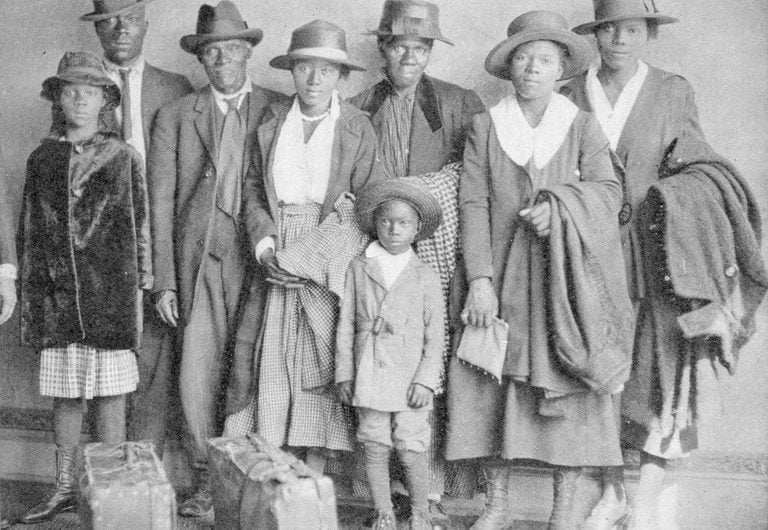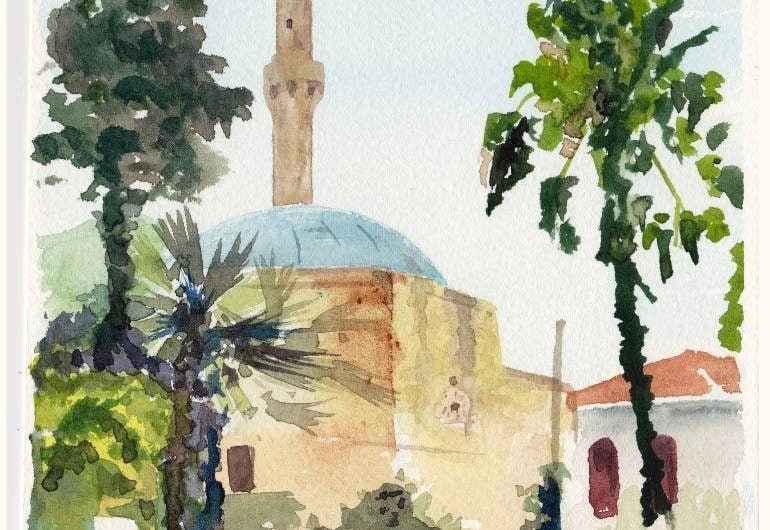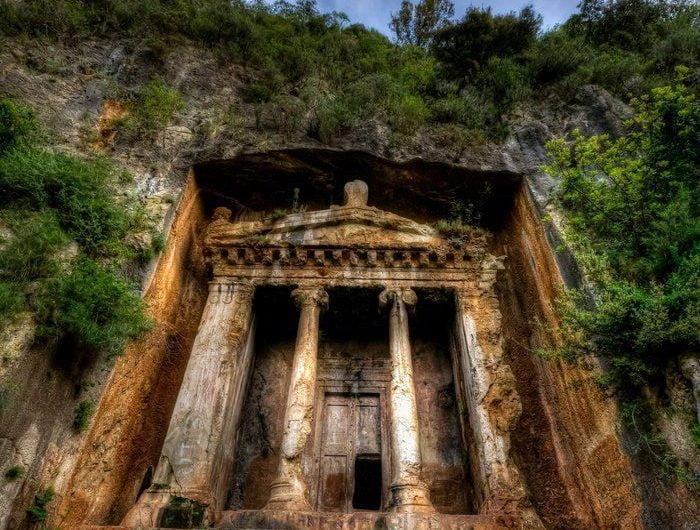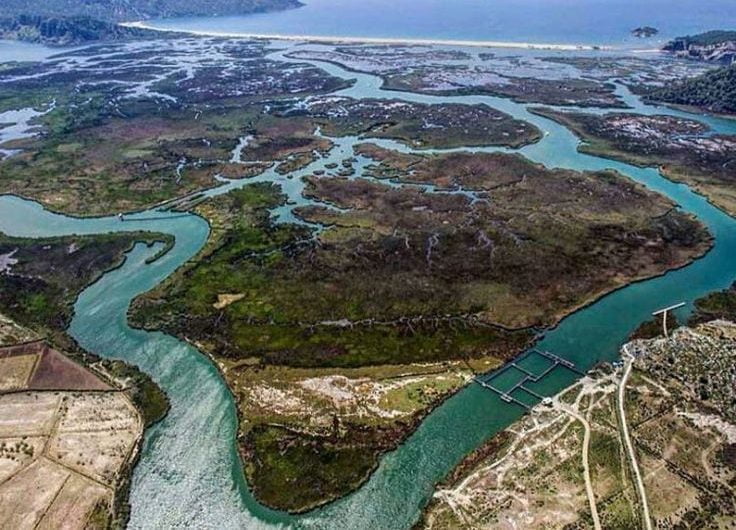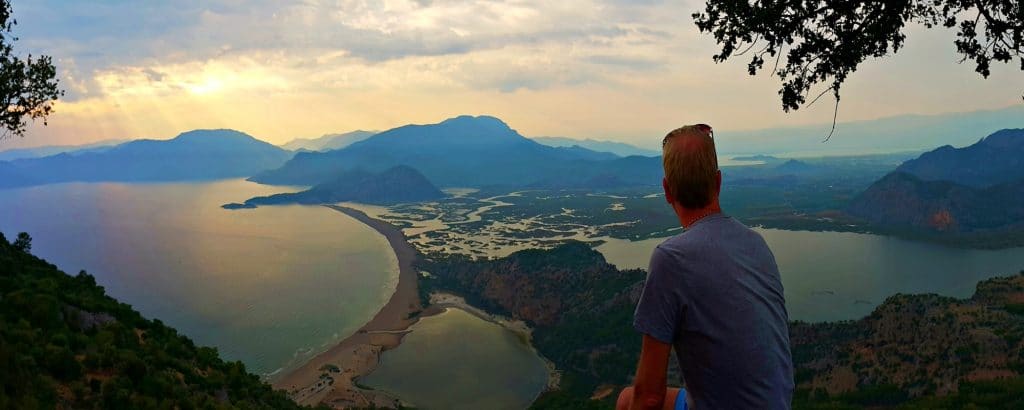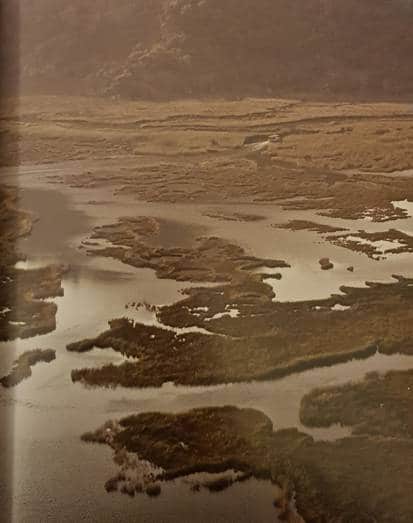In the 18th century large farms were established on miri land in order to meet the alimentary needs of the Ottoman palace, the army and horse breeding industry. The Dalaman Farm, which Sultan Selim III granted to his mother Mihrişah Sultan, was taken under the administration of the Foundations Corporation in 1820 and was purchased by the inheritors of Hacı Ali, Lord of Mugla, in 1836.
Although no ruins of architectural samples dated to before the century have survived, many graves were found during once 16th foundation excavations in the present town of Dalyan. Evid of a large cemetery indicates that there was once a deep-rooted and large settlement here. Another known fact is that in Dalyan, Turks and Greeks lived together until 1924, as is the case with many other coastal settlements of Anatolia.
After Turkish tribes invaded all the Christian lands to the north of Caria in the 1300s, Caunos experienced a severe population decline resulting from the economic implosion of maritime trade. Additionally, a malarial epidemic brought the city to its knees and it was finally abandoned. When the ancient city was heavily damaged by earthquakes, it was covered with earth that then grew a dense vegetation, hiding it from view. Eventually two new settlements budded within the vicinity.
Iztuzu and the Dalyan Gate is the magnificent final of the Köycegiz – Dalyan ecosystem and the place where the Dalyan River meets the Mediterranean. The threshold of this strait is the Delik Island that rises opposite to the Dalyan Gate and is covered with pine trees and scrub. Having a pier and a lighthouse at the side facing the Iztuzu beach, the Delik Island was a point of bearing showing sailors of the antiquity the entrance to the port of Caunos.
Yes, the delta is chaotic, but this incredible land that is in constant flux, reshaped by the divine order, inspires feelings of awe and joy. There are four lakes worthy of exploration, the first of these Sülüklü lake, was once the port of ancient Caunos, and the life blood of its economy. This busy harbour was frequented by the tilted-nosed, square-sailed ships of antiquity and was according to Strabo ‘protected with a chain across its entrance when necessary’.
The fish trap gate opens into an entirely new world. Here begins the Delta where the reeds spread out into a 1700 hectare area, massing like an enormous straw field that roots down to a brackish bed. The contours of the Delta are drawn by the reeds that filter the water through its roots providing a haven for small shrimps (crangon crangon). The young fish function as an important part of the ecosystem, moving like clouds as they travel together. Looking from above, you see this meandering chaos that lacks any describable shape.

